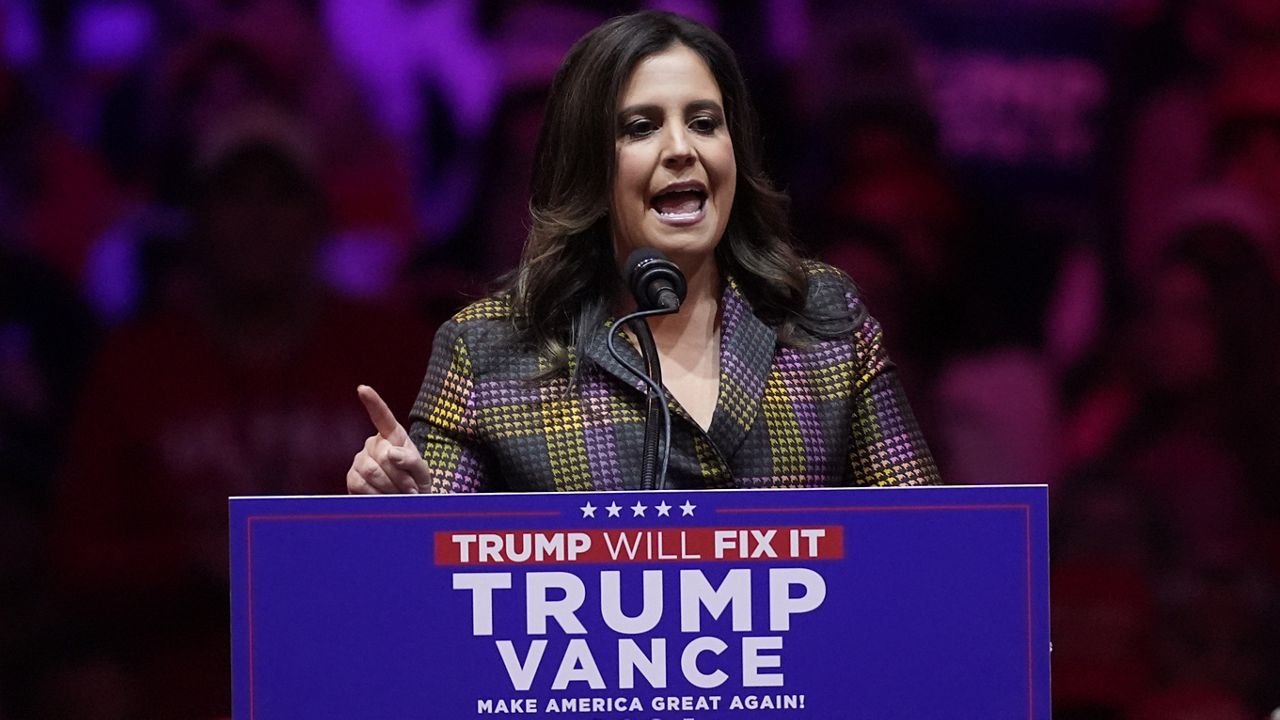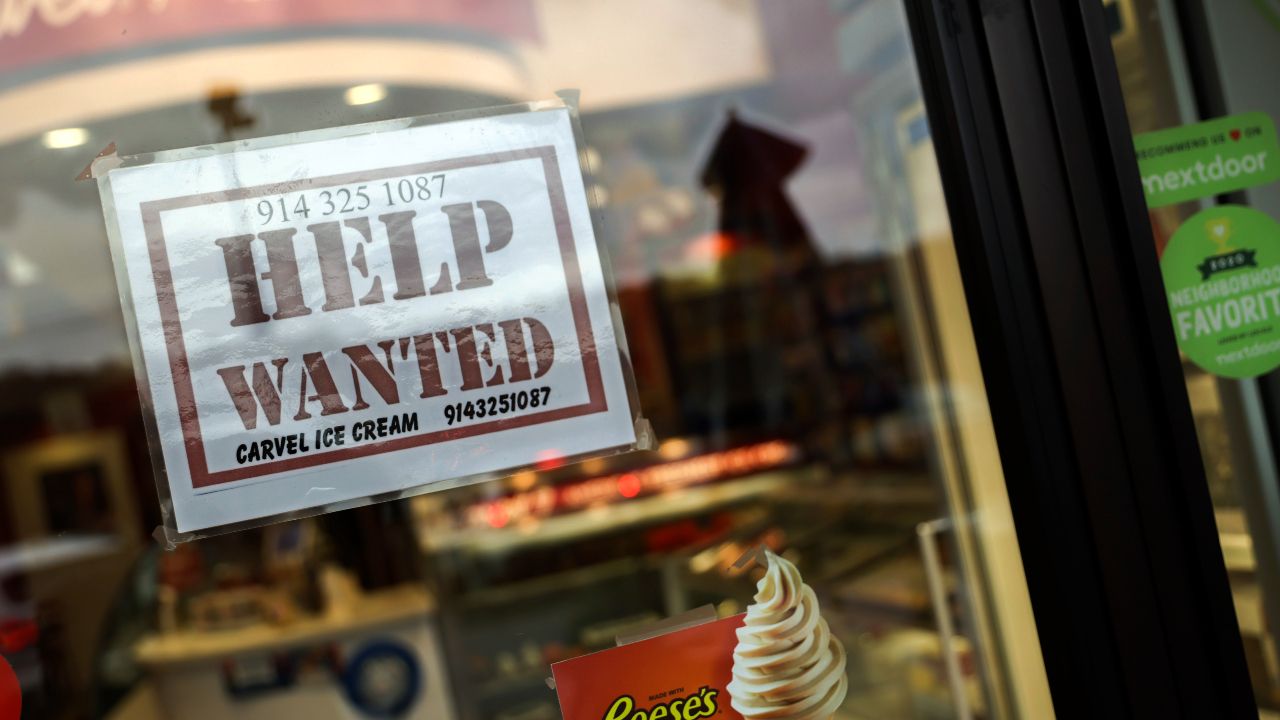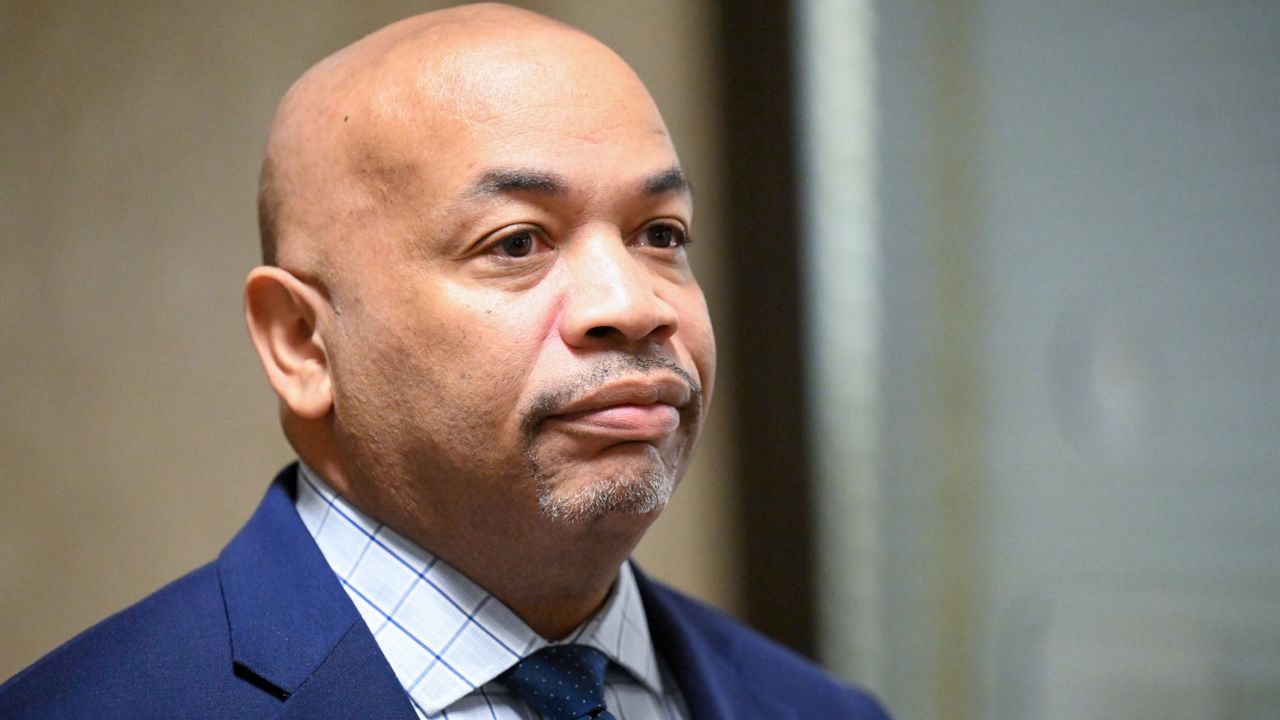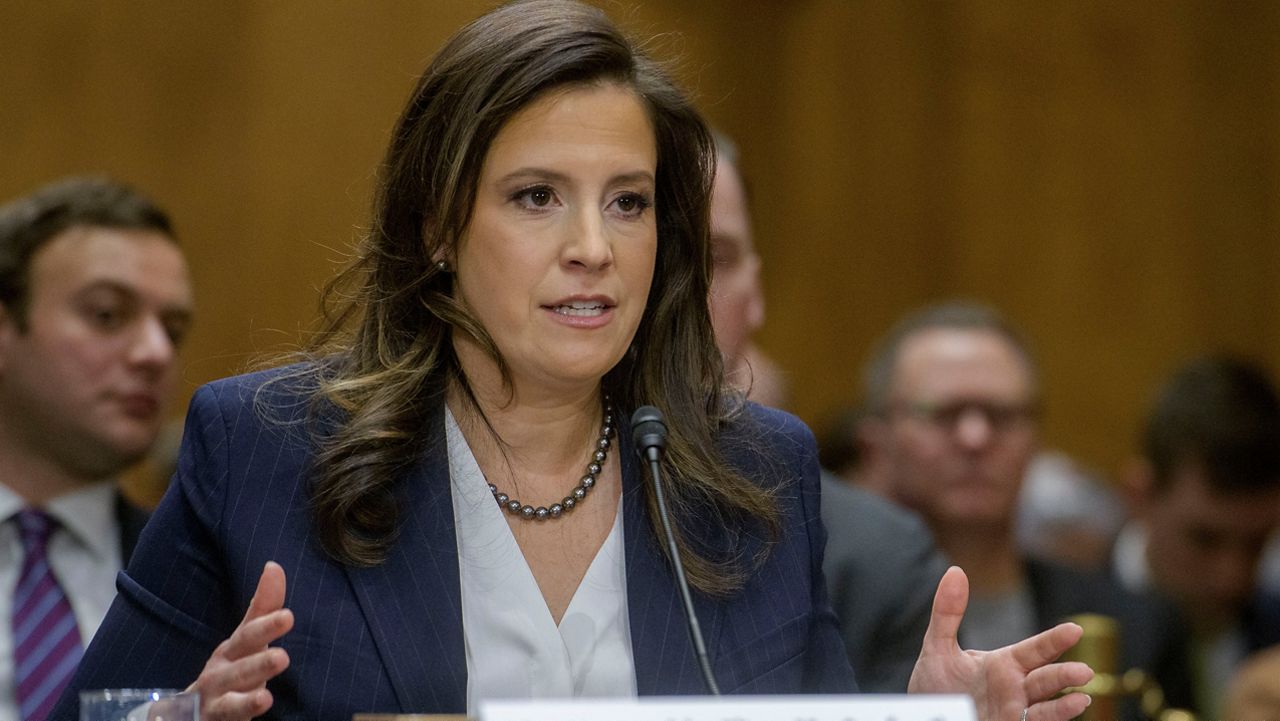Student enrollment at New York public colleges and universities is expected to increase for the second year in a row, higher education leaders said Thursday, defying national trends.
Recent news reports show a national dip in the number of students, and diversity, in this year's freshman class. But New York is continuing to take action to withstand national odds.
Around this time last year, SUNY announced a 1.1% increase in enrollment across its 64 campuses for the first time in a decade.
"We don’t have final numbers, but we are cautiously optimistic we’ll see growth," a State University of New York spokesperson told Spectrum News 1 on Thursday.
SUNY will finalize this year's enrollment numbers next month.
Gov. Kathy Hochul announced a new initiative Thursday that SUNY officials said will build on the state's success to attract more students to higher education opportunities across the state. The SUNY Top 10% Promise Program will give New York high school seniors who graduate with a grade-point average in the top 10% of their class an opportunity to be automatically accepted at select SUNY campuses.
This program will take effect for New York high school seniors preparing to enroll for the fall 2025 semester.
Nine campuses are participating, including the University at Albany, Buffalo, SUNY College of Environmental Science and Forestry, SUNY Geneseo, New Paltz, Oneonta, SUNY Polytechnic Institute, Purchase College and Stony Brook University.
"We just want people to understand that there's a place at SUNY for every New Yorker," a SUNY spokesperson said.
Students will also have to meet specific academic readiness criteria — following a similar program in place in California, Texas and Idaho. SUNY officials said the program worked well in those states to increase diversity and match students with institutions of appropriate rigor.
"We're really excited to do it here," according to SUNY. "This is not for us necessarily an enrollment tool to increase our numbers so much as it is a way of communicating to people in underrepresented communities — in urban, rural or suburban — that they belong at our best schools. We’re trying to give them the mental image that you may well be a Stony Brook student."
Higher education leaders said they've had to be creative to reach students from disadvantaged backgrounds and provide an opportunity for higher education — especially after the Supreme Court’s decision last year to roll back affirmative action in admissions. They added the initiative will break down barriers for students to continue their higher education, and do so in the state.
"We know we do have to be more creative and aggressive with getting students," Assembly Higher Education Committee chair Pat Fahy said. "The COVID cohort was told to stay home for a few years and they are not enrolling to college to the degree we have seen previously. So we have to be making sure we are opening up every avenue."
A total of 68 school districts and individual charter schools across the state will participate in the program in its first year. The districts were selected based on rural, urban and suburban communities with high levels of students from low-income or disadvantaged backgrounds.
The last state budget increased the Tuition Assistance Program, or TAP grants, to $1,000 scholarships for middle- and low-income households that net under $125,000 per year.
Fahy said initiatives like the Top 10% Promise program are helping New York fight the national enrollment trends.
"This is the type of creative approaches that are working and making sure that students are getting the message, 'Work hard, and we have a spot for you,'" the Albany Democrat said. "I don't care what high school you are attending. If you are in the top 10% of your class, that shows motivation and perserverance and it shows hard work."
Fahy said preliminary enrollment numbers show a 4% increase this year at at UAlbany and SUNY's Schenectady County Community College, and an overall increase at City University of New York, or CUNY, campuses. The final numbers from all public colleges and universities are expected in the coming weeks.
"We are fighting the national trends, and we're succeeding," Fahy said.












